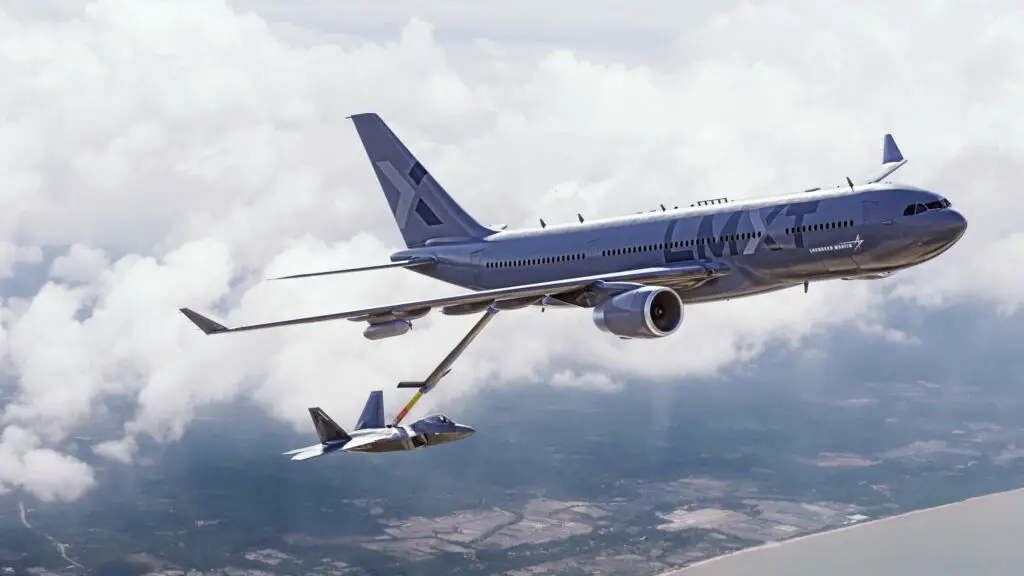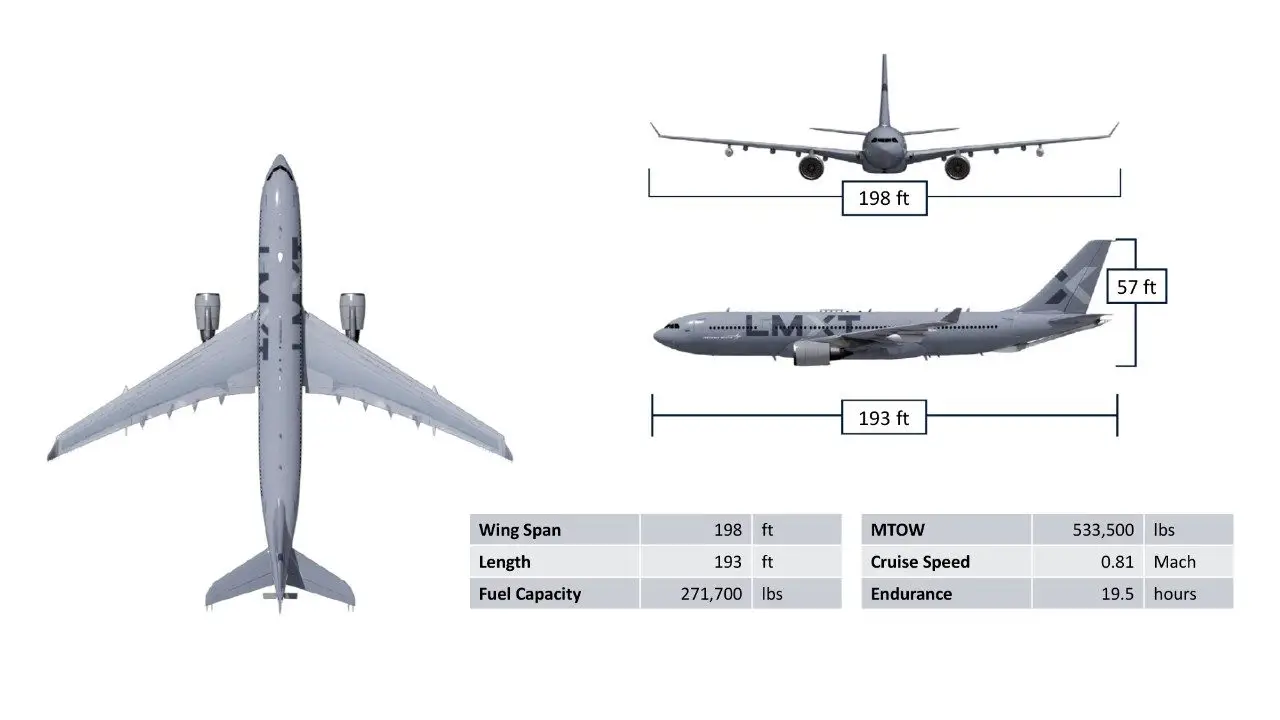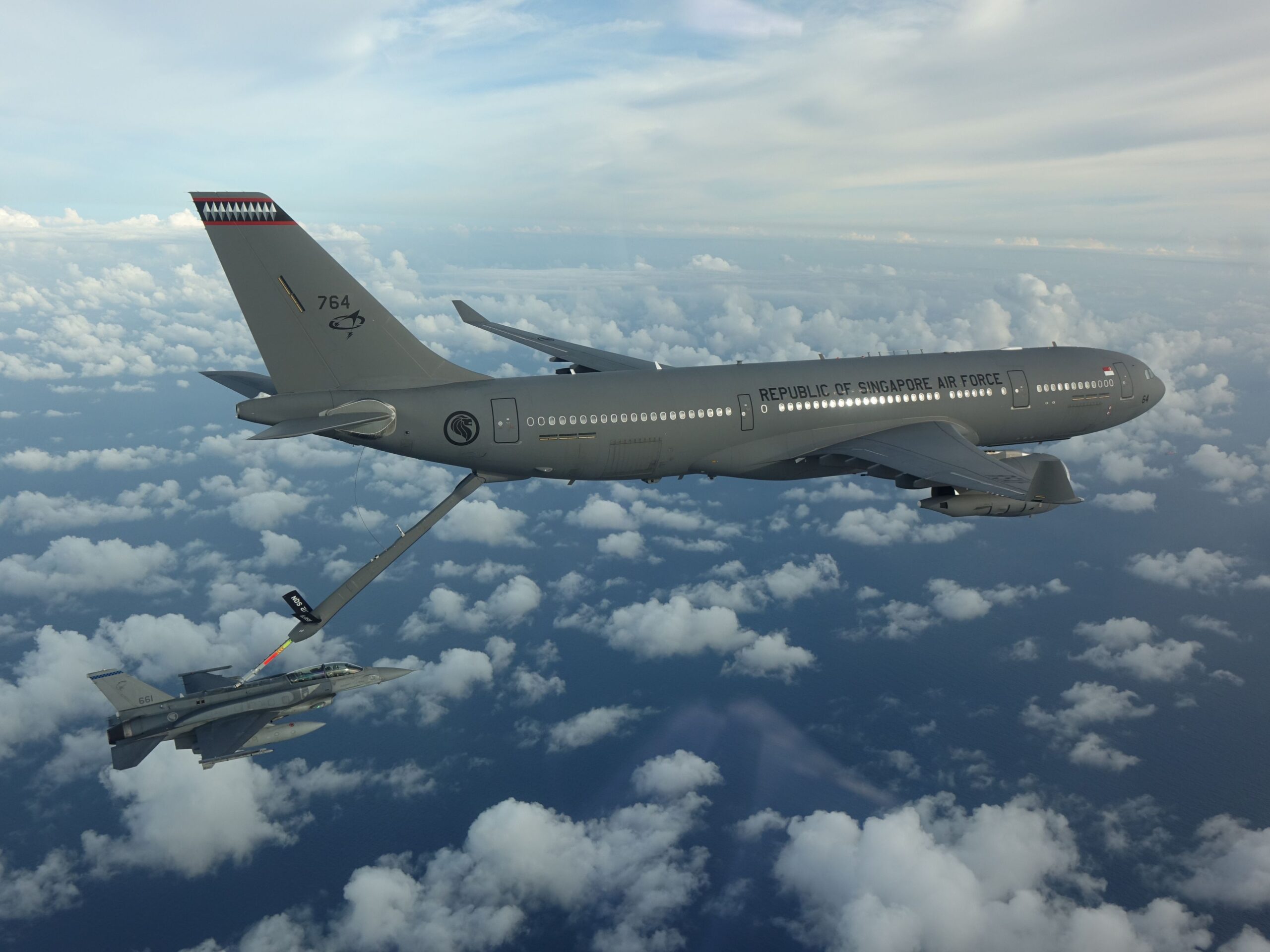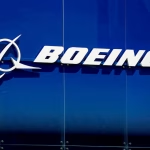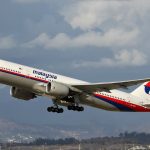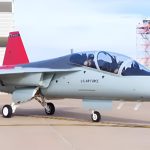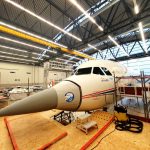Resuming its partnership with Airbus, the U.S. firm is offering the LMXT for the KC-Y program, essentially a U.S.-built A330 MRTT, which seeks to replace the aging aerial tankers of the USAF.
LMXT: America’s Next Strategic Tanker
Introducing the LMXT — built in America by Americans for Americans. Tailored to meet @usairforce requirements now and in the future.
— Lockheed Martin (@LockheedMartin) September 17, 2021
The USAF outlined its future tanker programs in 2007, to replace its aging fleet of KC-135 Stratotanker and KC-10 Extender aircraft through 3 consecutive programs called the KC-X, KC-Y and KC-Z.
Of the KC-X, originally the KC-45 (which was the «made in USA» version of the A330 MRTT of the then EADS) emerged victorious, but Boeing protested the selection and after a long and controversial litigation, in February 2011 managed to impose its candidate based on the B767-200LRF, later named KC-46 Pegasus. Boeing was contracted to supply 179 KC-46s to replace the KC-135.
The KC-Y program (also known as the «Bridge Tanker») seeks a tanker aircraft that bridges the gap in capabilities between what the 179 Boeing KC-46s currently being delivered can offer and a future re-fueler, known as the «KC-Z» program, whose requirements are still being decided.
And it also represents a new opportunity for the Airbus A330 MRTT, now under the name LMXT, to grab a slice of the USAF’s juicy KC contracts. And considering that a replacement for the KC-10 is also being sought, Lockheed Martin’s bid could come in with an edge over a new Boeing proposal for more KC-46s, since the A330 MRTT is much closer to the Extender’s capabilities than the Pegasus.
LMXT
According to the company’s press release, the LMXT complements U.S. Air Force tanker capabilities by providing the most advanced aerial refueling to meet immediate and long-term U.S. mission needs.
The LMXT strengthens and expands the U.S. aerospace industrial base by working with existing and new U.S. suppliers. The LMXT also cultivates and retains high-tech, high-skill U.S. manufacturing jobs.
https://www.youtube.com/watch?v=EuFTr53cer0
«Lockheed Martin has a long and successful history of producing aircraft for the U.S. Air Force, and we understand the critical role tanker aircraft play in ensuring the overall success of the U.S. mission,» said Greg Ulmer, executive vice president of Lockheed Martin Aeronautics. «The LMXT combines proven performance and operator-specific capabilities to meet Air Force refueling requirements in support of the U.S. National Defense Strategy.»
The LMXT offers a proven airframe with the distinctive capabilities required by the U.S. Air Force designed to meet operator requirements, with advantages including:
- Significantly improved range and fuel offload capability
- A proven fly-by-wire boom currently certified and used by allies to refuel U.S. Air Force receiver aircraft in operations around the world like F-35A, F-22, F-16, A-10, B1-B, C-17, E-3, E-7, F-15 and P-8A types aircraft
- The world’s first fully automatic air-to-air refueling (A3R) system
- Advanced, operational and combat-proven camera and vision system
- Open system architecture JADC2 systems
A multi-domain operations node enables the LMXT to be connected to the wider battlespace and future «battle clouds,» increasing onboard situational awareness and providing resilient communications and data links for assets across the force, supplementing or supplementing (if needed) communications satellite functions.
Lockheed Martin’s strategic tanker aircraft is based on the combat-proven Airbus A330 Multi Role Tanker Transport (MRTT) design. As prime contractor, Lockheed Martin is working directly to implement specific USAF requirements within the LMXT.
As the strategic tanker aircraft of choice for 13 nations, the MRTT has logged more than 250,000 flight hours refueling U.S. and allied combat, transport and maritime patrol aircraft in combat environments.

